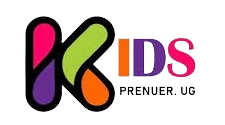Lesson 1: What is a Computer? Basic Functions & Components.
1. What is a Computer?
Definition:
A computer is an electronic device that processes data and performs tasks according to a set of instructions (known as software). It can handle complex calculations, store large amounts of information, and perform various tasks quickly and efficiently. The core purpose of a computer is to solve problems, whether by calculating numbers, processing text, or displaying visuals.
Real-world Examples:
- A student using a computer to type an essay or create a school project.
- Businesses using computers to manage inventory, payroll, and customer data.
- Governments using computers for tax collection, security systems, and national databases.
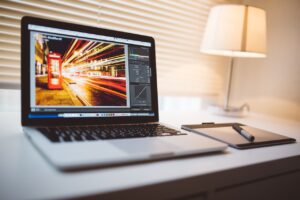
List of Major Computer Companies
Computers are made and sold by several companies around the world, each with its own brand and style. Here are some of the major companies:
- Apple: Known for creating Macintosh (Mac) computers, MacBooks, and iPads. Their products are popular for their sleek design and ease of use.
- Microsoft: Although Microsoft is more famous for its Windows operating system and software, they also produce computers like the Surface series.
- HP (Hewlett-Packard): HP produces a wide range of computers, including desktops, laptops, and printers. They are popular in both homes and offices.
- Dell: Dell is one of the largest manufacturers of personal computers (PCs) and is known for customizable, durable systems.
- Lenovo: A major player in the laptop market, known for the ThinkPad series, which is widely used by professionals.
- Acer: Known for making affordable, functional laptops and desktops.
- Asus: Popular for gaming computers and motherboards.
- IBM (International Business Machines): Historically important in the development of the personal computer. Now mainly focused on larger business systems and AI solutions.

History of Computers
Computers as we know them today have evolved over decades. Here’s a brief timeline:
- Early mechanical computers (before 1900s): Devices like the abacus and mechanical calculators were the first tools used for basic computations.
- 1940s – First Generation Computers:
The first electronic computers, such as ENIAC (Electronic Numerical Integrator and Computer), were developed during World War II. They were huge machines that used vacuum tubes and consumed massive amounts of electricity. - 1950s-1960s – Second Generation Computers:
Computers evolved to use transistors instead of vacuum tubes, making them smaller and more reliable. IBM introduced many commercial computers during this time. - 1970s-1980s – Third Generation Computers:
Integrated circuits replaced transistors, making computers smaller, faster, and more affordable. This era saw the rise of personal computers, like the Apple II and Commodore 64. - 1990s-Present – Fourth Generation Computers:
Modern computers use microprocessors, combining thousands of integrated circuits into a single chip. This has allowed for the creation of the personal computers (PCs) and laptops we use today, along with smartphones and tablets. - Future of Computers:
The future includes quantum computers, which are expected to solve extremely complex problems that current computers cannot handle efficiently.
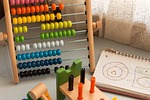
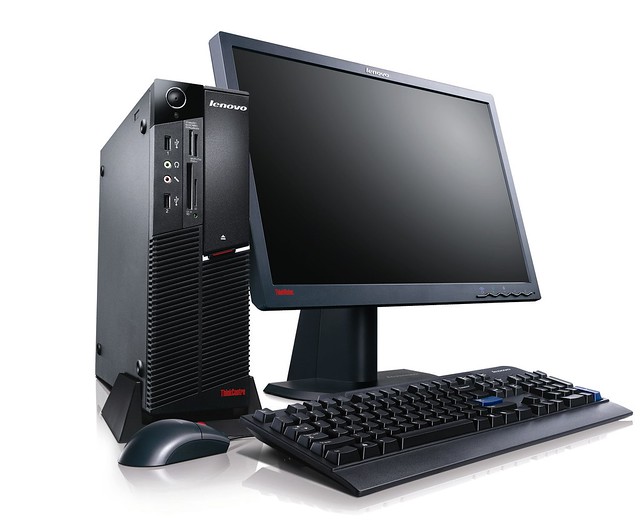
Types of Computers
There are different types of computers designed for various tasks and users:
- Personal Computers (PCs): These are used by individuals for tasks like web browsing, gaming, office work, etc. Examples include laptops, desktops, and tablets.
- Supercomputers: Extremely powerful computers used by scientists and governments for solving complex problems like weather forecasting, nuclear research, and space exploration. Example: IBM’s Summit Supercomputer.
- Mainframes: Large computers used by organizations to process and store massive amounts of data, like banking systems or airline reservation systems.
- Servers: Computers that provide services, like hosting websites, managing networks, or storing data for other computers. Example: A Google server that hosts Gmail.
- Embedded Systems: Small computers embedded into devices to perform specific tasks, like in washing machines, cars, and microwaves.
- Workstations: High-performance computers for specialized applications (e.g., 3D modeling, video editing)
- Microcontrollers: Small computers embedded in other devices (e.g., car engines, washing machines)
- Smartphones and tablets: Mobile computing devices

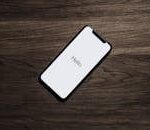

Basic Functions & Components of a Computer
Basic Functions of a Computer:
- Input: Receiving data and instructions from external devices (like a keyboard or mouse).
- Processing: Performing calculations or operations on the data.
- Storage: Saving data and information for future use.
- Output: Displaying or sending results to a screen, printer, or other device.
- Control: Managing the tasks and resources within the computer to ensure everything runs smoothly.
Parts of a Computer
1. Central Processing Unit (CPU):
The brain of the computer. It performs all the instructions and calculations. A faster CPU means a faster computer.
2. Memory (RAM – Random Access Memory):
Short-term memory where the computer stores data it is currently working on. More RAM means the computer can handle more tasks at once.
3. Hard Drive (Storage):
The computer’s long-term memory where data is stored. Hard drives can be HDD (Hard Disk Drive) or SSD (Solid State Drive), with SSDs being faster.
4. Input Devices:
- Keyboard: Used to type text and numbers into the computer.
- Mouse: A pointing device that allows users to click on and interact with on-screen items.
5. Output Devices:
- Monitor: Displays images, videos, and text.
- Printer: Produces physical copies of documents.
6. Motherboard:
The main circuit board that connects all parts of the computer together. It allows the CPU, memory, and storage to communicate with each other.
7. Power Supply Unit (PSU):
Converts electricity from the outlet into usable power for the computer.
